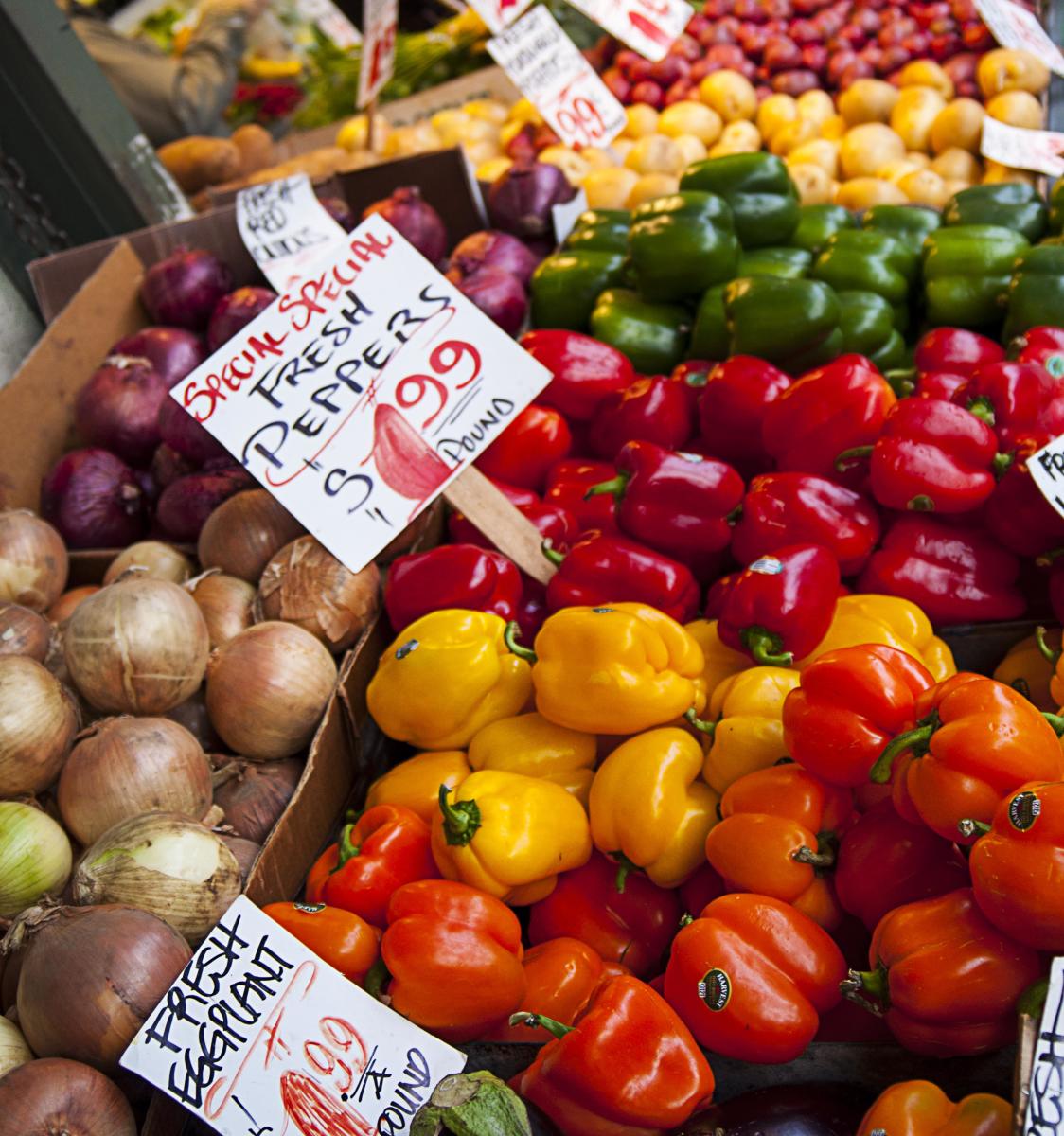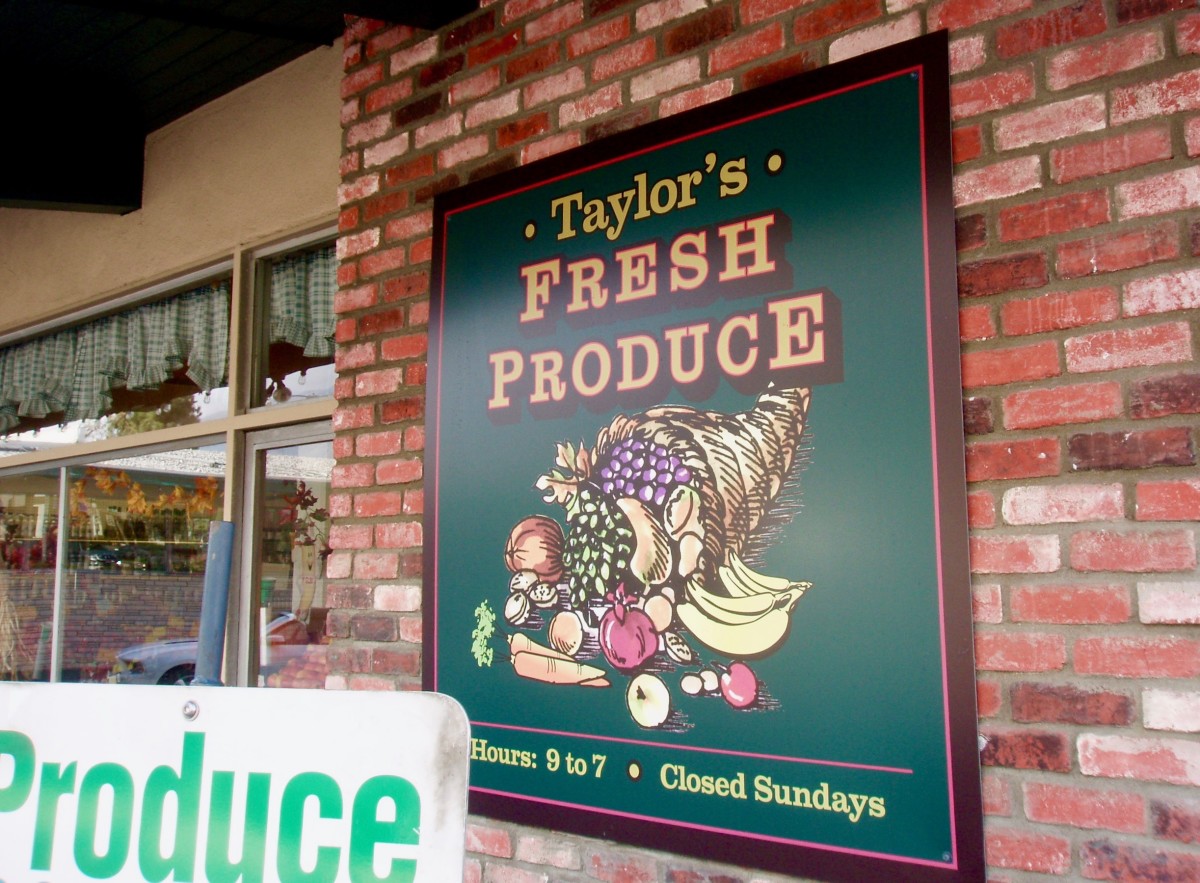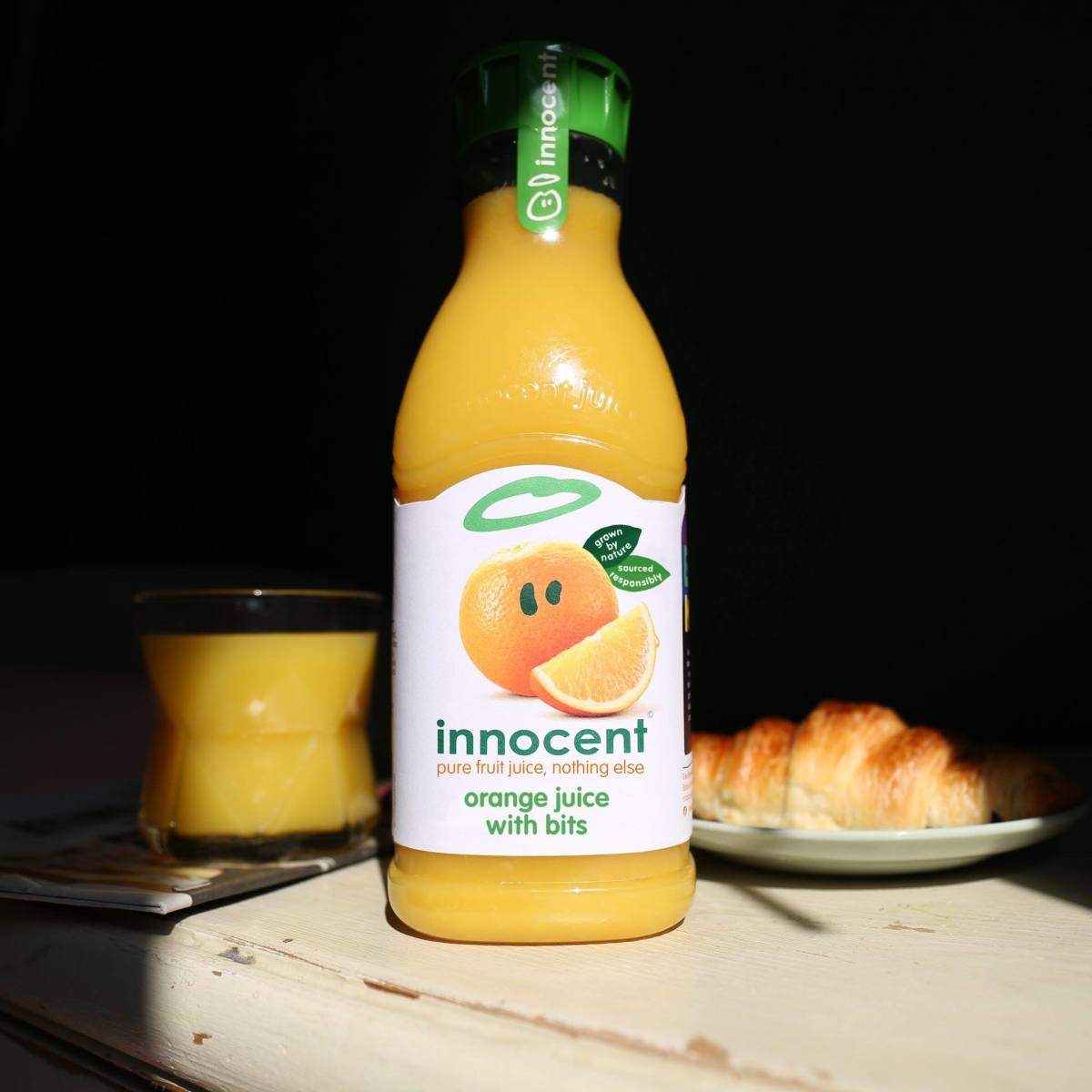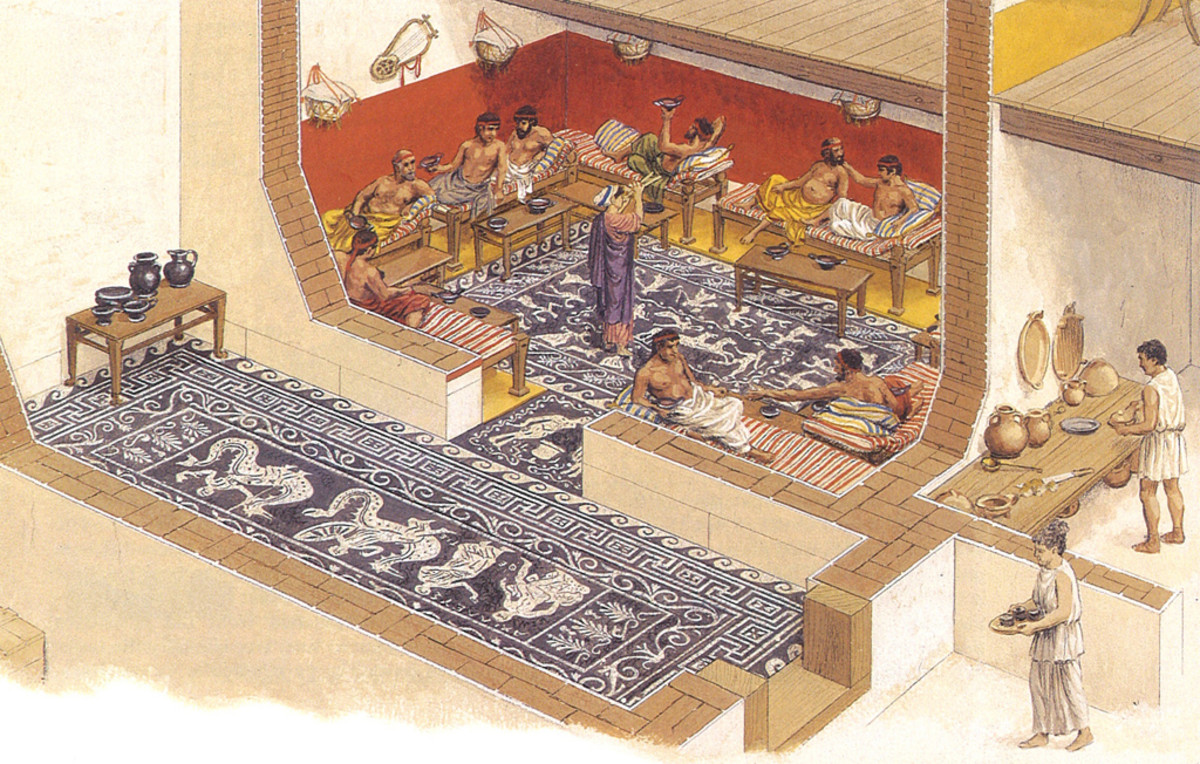Sustainability 4: A New Mantra

The mantra for many of those involved in green or environmentally-friendly design has long been ‘Reduce • Reuse • Recycle’. In fact, for the past several decades, that three-word mantra has also been made part of many green stickers and tag lines applied to products, policies, public service messages, and advertising the world over.
That mantra typically translates to the following:
Reduce wherever possible one’s use of just about any natural resource, material, labor, technology, fuel or other exhaustible substance — soil, water, air, land area, plant material, metals, stone, coal, oil, electricity, natural gas, fuel, timber, paper, plastic, solvents, man-hours, dollars, etc.
Reuse wherever possible previously used and salvageable resources, materials or products — steel sections, metal studs, windows, old brick, rebuilt engines, salvaged light fixtures, refurbished appliances, reupholstered chairs, repainted furnishings and fixtures, crushed concrete, chipped wood, cleaned ceiling tiles, shredded tires and sneakers, etc. Reused land developments, buildings and facilities may also be termed repurposed, as they are put to new or adaptive uses.
Recycle wherever possible resources, materials or products back into the chain of manufacture through a variety of means — aluminum, steel, paper, copper, batteries, cell phones, toner cartridges, circuit boards, memory chips, valuable metals, sawdust, chipped wood, ground concrete, ground glass, shredded denim, shredded newsprint, fly ash, etc.
For the purposes of these continuing articles, I will expand on that original mantra to create a new five-part mantra: ‘Reduce • Reuse • Recycle • Buy Local • Affiliate’.
Buying local to a project, development or building can significantly reduce or eliminate the energy and resource costs of transporting goods and services longer distances, while also contributing to the sustainability of local businesses, jobs, tax base, and community.
Affiliating with sustainably responsible partners, vendors, suppliers, contractors, and end users, etc, can insure that others involved with your ever-greening design efforts are in fact ever-greening themselves, for a greater, better overall eventual impact on the sustainability of your community and the planet.
- Sustainability 6: Population
Rays of hope One of the prime movers of the world’s sustainability crisis is its population. The more mouths to feed, the more thirsts to quench, the more children to clothe and educate, the more families to house, the more sick and infirm to... - Sustainability 9: Sprawl
Spreading ever farther into the wildest places of the world, humans are seriously threatening the diversity, vitality and resilience of our home planet. - Sustainability 18: land conservation
Pursue a colorful new idea With the human species converting about 32 million acres (13 million hectares) of forest to cropland, cities, suburbs, shantytowns, wasteland and desert each and every year, the conservation of remaining land becomes a top. - Sustainability 50: Earth Day
Love this Earth? Little did I know, as I helped assemble display panels on environmental issues on a campus quadrangle in the spring of 1970, that I was taking part in launching a sustainability event that would resonate around the globe ever more... - Sustainability 63: Forest City Enterprises
Forest City Enterprises' headquarters in Cleveland's Terminal Tower Forest City Enterprises (FCE), a $9 billion publicly traded national real estate development company headquartered in Cleveland’s Terminal Tower, is a corporation committed... - Sustainability 64: A Suburb Fights to Hold Ground
Planning a suburban home site Bordering the eastern flank of Cleveland, South Euclid, Ohio is a fairly average inner-ring Midwestern suburb of middle age. Incorporated as a city in 1917, it is home to roughly 24,000 people, with racially integrated.. - Sustainability 19: The Human Factor
In our pursuit of a 'green' world, let's not forget that the prime focus of much design, development and construction should still be basic human needs. - Sustainability 49: Rachel Carson
Save our endangered species A woman whom many consider to be a founder of America’s environmental movement, and an advocate for sustainability, Rachel Carson began as a precocious 8-year-old Pennsylvania farm girl, writing stories of animals in... - Sustainability 62: Rain Gardens
In essence deceptively simple, rain gardens offer yet one more incremental method of achieving greater sustainability and improved water resources.








